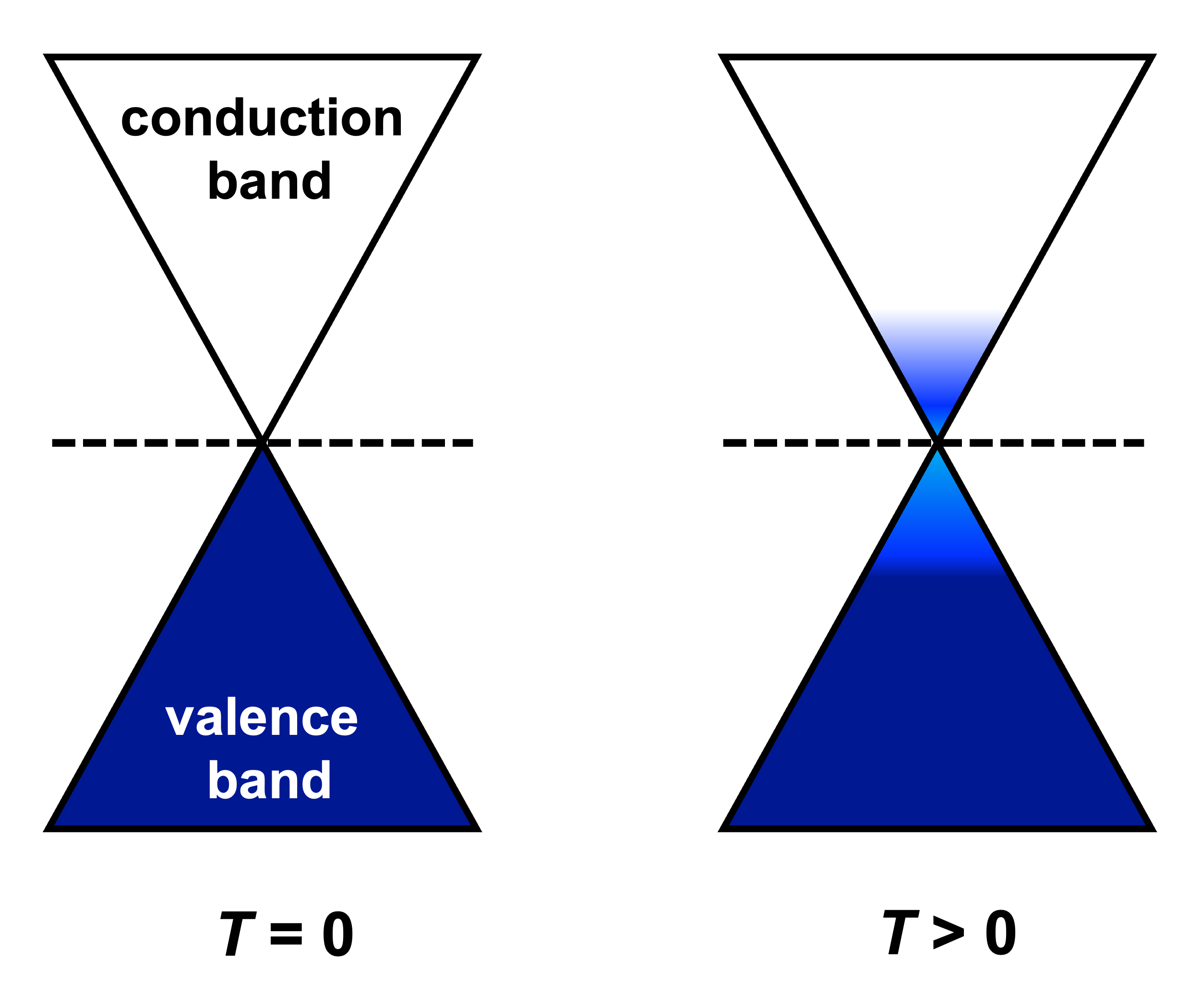A New Card up Graphene’s Sleeve
One might expect that, two decades after its discovery, graphene would have exhausted its potential for surprises. But the thinnest, strongest, most conductive of all materials has now added another record to its tally. A collaboration that includes graphene’s codiscoverer and Nobel laureate Andre Geim of the University of Manchester, UK, reports that graphene can have a room-temperature magnetoresistance—a magnetic-field-induced change in electrical resistivity—that’s 100 times larger than that of any known material [1]. Graphene’s giant magnetoresistance could lead to novel magnetic-field sensors but also offer an experimental window into exotic quantum regimes of electrical conduction that might be related to the mysterious “strange metals.”
Magnetoresistance, which occurs both in bulk materials and multilayer structures, found a killer app in magnetic-field sensors such as those used to read data from magnetic memories. Researchers have long been interested in the limits of this phenomenon, which has led to discoveries of “giant,” “colossal,” and “extraordinary” forms of magnetoresistance. The associated materials exhibit resistivity changes of up to 1,000,000% when exposed to magnetic fields of several teslas (T). The largest effects, however, require extremely low temperatures that can only be reached with impractical liquid-helium cooling systems.
This temperature limitation stems from the mechanism behind magnetoresistance. Magnetic fields affect the resistance within a material by bending the trajectory of the electrons that carry current. A sizeable effect thus requires that the electrons can travel freely, without constantly scattering off atoms in the material. In other words, the electrons need to have large “mobility” for the field to have a pronounced effect on their trajectories. And since mobility decreases with temperature, magnetoresistance is usually tiny at room temperature.
Graphene, with the largest reported mobility for a material at room temperature, was thus a promising target. Electron mobility, however, isn’t sufficient to obtain a large magnetoresistance, says lead author Alexey Berdyugin of the National University of Singapore. Under most conditions, graphene has a small magnetoresistance because it acts like a metal, where current is transported by one type of carrier—electrons. In a metal, magnetoresistance is known to saturate quickly with the magnetic field: an increase in field strength doesn’t affect the resistance very much.
To avoid this saturation, Berdyugin, Geim, and their co-workers brought graphene into a “semimetal” state, where the conduction and valence bands “touch” each other. In a semimetal, current is transported—at finite temperature—both by positive charges (holes) and negative charges (electrons)—a condition known as the “charge neutrality point.” With two carriers of opposite polarity, the resistivity changes induced by a magnetic field don’t level off but keep scaling with the square of the field strength. “We realized that graphene could fulfill all requirements at room temperature,” says Berdyugin.
Using a high-quality graphene sheet and applying a voltage to control the positioning of valence and conduction bands, Berdyugin, Geim, and their co-workers were able to place their device at the charge neutrality point. As they applied a relatively small magnetic field of 100 mT, they measured a magnetoresistance as large as 100%, a 100-fold improvement compared to the intrinsic magnetoresistance found in any known material.
“Graphene keeps surprising!” says Frank Koppens, an experimental physicist at the Institute of Photonic Sciences in Spain. He says that the extraordinary behavior is interesting both from an applied and a fundamental point of view. Philip Kim, a condensed-matter researcher at Harvard University, says the effect may lead to very sensitive magnetic sensors.
Berdyugin notes that graphene’s magnetoresistance is slightly smaller than that of magnetoresistive devices found in today’s computers. (These devices’ magnetoresistance isn’t an “intrinsic” material property but an “extrinsic” property stemming from spin tunnelling between different material layers.) Graphene, however, could keep functioning at much higher temperatures than those devices, which could enable unique applications, he says.
The researchers also studied the material response as they further increased the magnetic field. As the field reached the 1-T scale, they found that the quadratic scaling of resistivity gave way to a linear scaling. Berdyugin says that further work is needed to develop a microscopic theory for this phenomenon, but the switch from quadratic to linear scaling suggests a transition to an exotic quantum conduction regime. In this regime, the orbits of charged particles in the magnetic field are quantized and all the particles simultaneously occupy the zero-energy level of these quantized states.
Berdyugin adds that this “quantum semimetal” regime has many similarities with strange metals, a class of materials that are superconducting at low temperatures and metallic at higher temperatures and whose behavior defies conventional conduction theories. In both systems, magnetoresistance scales linearly with the applied field and electron scattering is “Planckian”—meaning that the scattering timescale is only limited by the Heisenberg uncertainty principle. Berdyugin says that graphene’s quantum regime could serve as a model system to study physics relevant to strange metals. Kim agrees. “The analogy with strange metals is very plausible.”
–Matteo Rini
Matteo Rini is the Editor of Physics Magazine.
References
- N. Xin et al., “Giant magnetoresistance of Dirac plasma in high-mobility graphene,” Nature 616, 270 (2023).






